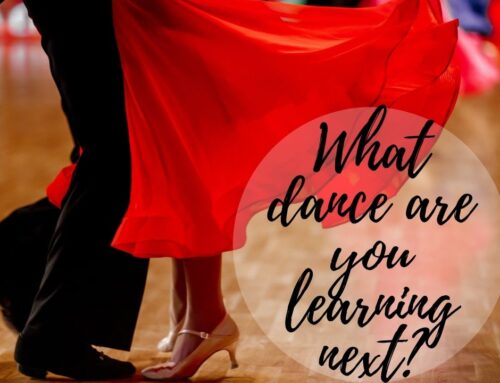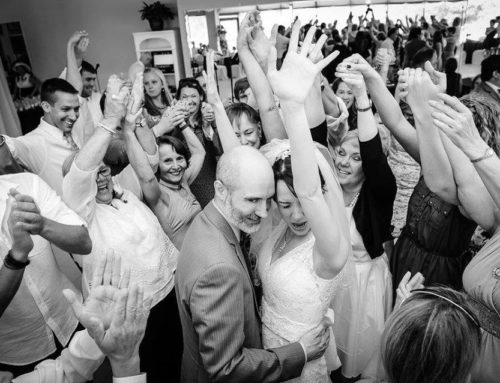Regency Era Balls and Social Dancing Today

Dancing now is a hobby, something fun to do on a date night, and sometimes just a way to relax with friends. However, 200 years ago, this was not the case. Dancing was seen as a way to find a partner, an important social skill, as well as a way to display your eligibility. The balls held were elaborate pieces of art. The guests would be dressed their best from head to toe, their hair carefully placed and glittering jewels hung from their ears and necks. The assembly room would be decorated beautifully, filled with many flowers and stuffed with party-goers as the music rang throughout the whole room as the dancing began. As noted in the Austenette, in order to make sure these assembly dances were only filled with the most eligible people, you would only be admitted if you could appropriately dress for the ball as well as pay the entrance fee. There were also particular rules about who you could dance with depending on your class.

The dances themselves came from English country dances; however, the regency-era was more focused on a swift lightness while dancing. The regencydances.org also emphasizes that another notable feature of the regency dances is that they could be quite complex. The steps were much more intricate compared to its earlier forms. Because of this, it was key that any eligible singles learned to dance in order to keep up, especially since the dances were roughly 30 minutes to an hour long. Due to the longer nature of the dances, asking a woman twice to dance certainly meant something if there were other options available. It was seen as meaning that the gentleman had particular interest in his partner.
Can you answer the following questions about today’s proper dance etiquette?
Do you when asking someone to dance…
- Stand beside the person looking like you want to dance
- Extend your hand to say “would you like to dance the foxtrot?” to identify the dance.
- Ask the person who brought him/her if they mind if you dance with their date.
At the conclusion of the dance do you…
- Leave your partner on the floor
- Walk your partner to the edge of the floor to his or her seat
- Thank and compliment your partner
- Turn away from your partner and say to others. You’ve done your duty for the day.
When declining a dance do you…
- Laugh in his/her face or roll your eyes
- Lightly decline (I’m sorry I’m taking a break or say thank you I’m sorry I promised the dance to someone else.
- Say “no” and turn your head
- Jump up and grab someone else
If you know you have a problem with perspiration do you…
- Ignore it and wonder why people won’t dance with you
- Bring a small towel or a change of clothes
- Laugh it off and let people deal with it
We all wear some form of deodorant don’t we?
If you answered “b” to these questions you will be a most popular dance partner. If not, think about what it feels like to be the recipient of these other actions-NOT GOOD. Remember the golden rule applies to dancing and all situations in life.






